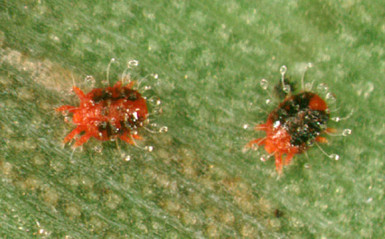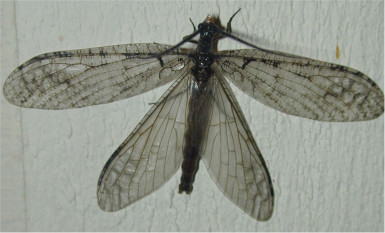The National Agricultural Research and Extension Institute (NAREI) is continuing to work assiduously to reduce then eliminate the population of Red Palm Mite in Guyana.
Director of NAREI Dr Oudho Homenauth told Stabroek New yesterday that the agency’s monitoring of the trees that have been treated show the absence of the parasite.
In June, the presence of the Red Palm Mite was confirmed in coconut trees in the Pomeroon area of Region Two (Pomeroon/Supenaam).
After coconut farmers complained of the effect of the parasites on their crop, NAREI began an education and treatment campaign. Officers of the agency educated farmers on the need to practise proper sanitation and regular clearing of coconut estates to remove host plants, such as the wild Heliconia, and thus slow the spread of the parasites. The farmers were also provided with the insecticide Abamectin, which can be used as a spray or drilled into the plant to kill the pest.


The agency then began a monthly monitoring of trees which had been treated. After three months, those trees being monitored showed a complete absence of the pest.
The agency is now looking for more equipment to assist in the spraying of trees, especially the shorter ones.
Treatment is also being offered to farmers in the Clonbrook, Mahaica area.
Presently each tree is being treated individually, however NAREI hopes to soon implement a long term population control method through the introduction of the lacewing beetle, which is a natural enemy of the red mite.
Homenauth clarified that the beetle is actually native to Guyana. “It is not an invasive species but the population is presently low. It will take time to generate enough numbers to effectively manage the mite population. In the short term, we will be using chemicals as well as encouraging farmers to keep their estates clear of host plants, such as wild Heliconia,” Homenauth said.
The Red Palm Mite (Raoiella indica), a pest of several palm species, uses its stylet-like mouthparts (chelicerae) to pierce the plant tissue and extract cell contents. This action damages the guard cells of the leaves, leading to uncontrollable water loss from the plant. The leaves yellow, then brown before eventually dying and taking the plant with it.
The red mite was first identified in the Caribbean in 2003. Since, then it has spread presumably by wind currents to more than 12 Caribbean countries, including Guyana.





